Showing 21-36 of 36 results
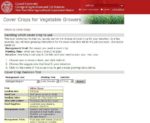
New York Cover Crops Decision Tool
This is an online tool to help you quickly narrow the choices of cover crop for your situation. In a few seconds, you will have growing instructions for the cover crop that will do the job you need. Access the Cover Crops Decision Tool now. It is designed for the soil, climate, cropping practices and […]
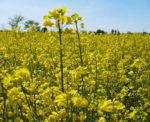
Canola Production for On-Farm Energy
The following production guides, cost calculator and research reports are on canola production, including weed management. They were developed as part of a multi-year research project by University of Vermont Extension on growing sunflowers and canola for on-farm energy. Find research reports on sunflowers here. Production guides Northeast Oilseed Production Manual.pdf 10.18 MB VT Oilseed […]
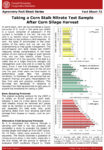
Nutrient Management in Corn Production
The following Cornell University agronomy fact sheets were developed during a 2009 SARE grant to help farmers and educators better evaluate nutrient cycling in corn production, thereby equipping them with information to make improved whole-farm management decisions: Illinois Soil Nitrogen Test for Corn, fact sheet 36 Fine-Tuning Nitrogen Use on Corn, fact sheet 63 Adaptive […]
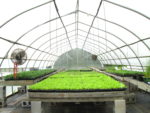
Vegetable Bedding Plants Pest Management
This University of Massachusetts web page has information on integrated pest management (IPM) and organic controls, two practical ways to effectively manage pests on vegetable bedding plants. Vegetable bedding plants are commonly grown in the Northeast as part of the spring sales mix. Although vegetable bedding plants may only be in the greenhouse for a […]

Getting Work Done Series
The legal classification of farm workers has many implications, including whether farmers must pay minimum wage, carry workers’ compensation, withhold and pay taxes, and more. A series of guides--one for each state in New England--are designed to help farmers better understand the legal definitions and criteria for classifying their workers. The guides walk readers through […]
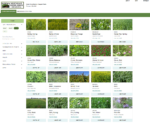
Northeast Cover Crop Decision Support Tool
The Northeast Cover Crops Council (NECCC) has created an online tool designed to support farm decision-making around cover crops. The tool includes a Cover Crop Explorer that provides in-depth information on more than 35 cover crop species. It also has a Species Selector that assists users in selecting individual cover crops based on plant hardiness […]

Crediting Cover Crops and Soil Organic Matter in a Variable Rate Nitrogen Fertilizer Prescription
Crop growth depends on available nitrogen (N) in the soil, much of which comes from mineralization of soil organic matter and other organic residues, such as cover crops. The amount of mineralized N available to a crop depends on several biological and environmental factors such as temperature, moisture, soil texture, the total quantity of organic […]
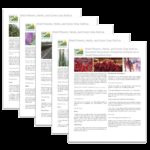
Dried Flowers, Herbs and Cover Crops Sold as Seasonal Decoration
Monica Drazba of Chickadee Creek Farm in Pennington, New Jersey conducted a Northeast SARE Farmer Grant to study the production costs, required labor, marketability, and profitability of growing specialty cut flowers and grasses specifically for wreath production. As a result, she created a series of five fact sheets, below, that contain an analysis of the […]
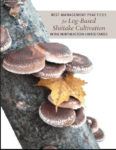
Log-Based Shiitake Cultivation
A 57-page guide to producing these gourmet mushrooms.
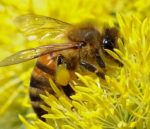
Native bees and flowering cover crops
While managed colonies of European honey bees are most frequently used for crop pollination, wild or native bees commonly provide the same pollination services for ‘free’ without the costs of renting or maintaining honey bee hives.

The Baltimore Farm Alliance
Lessons learned while building a farm alliance in Baltimore, MD.
Assessing the Economic Impacts of Regional Food Hubs: the Case of Regional Access
This report assesses the economic impact of food hubs on the distribution and sale of local foods.
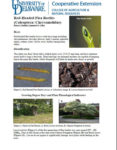
Control of Red-Headed Flea Beetles
Red-headed flea beetles have a wide host range including chrysanthemums, forsythia, hibiscus, lamb’s-quarter, pigweed, zinnia, sedum, asters, Salvia, roses, hollies among many others.

Small-scale Oilseed Processing Guide
Oilseed crops present an opportunity for farmers in the Northeast to diversify with a crop typically grown in the Midwestern and Great Plains regions. Many of the crops are adaptable and have been grown in the Northeast--some for a number of years, and others only recently.
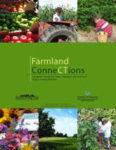
Farmland ConneCTions
A guide for towns, institutions, and land trusts using or leasing farmland.

Buckwheat Cover Crop Handbook
Buckwheat has been used to suppress weeds on Northeastern farms for 400 years. This handbook outlines how to use buckwheat as an economical weed-control tool, with recommendations based on extensive grower surveys, original research and on-farm trials.